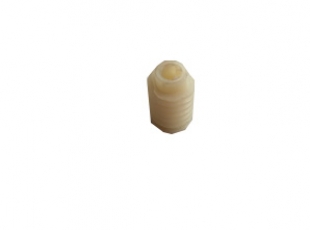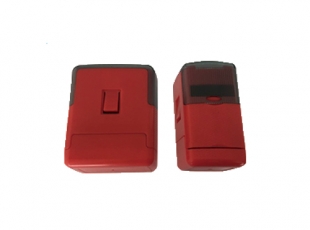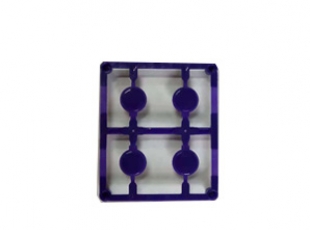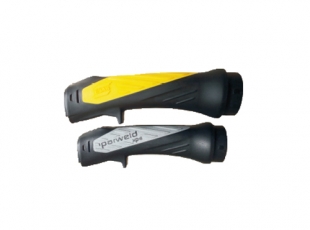Precision die meets eight requirements of process performance
1. Malleability
It has low hot forging deformation resistance, good plasticity, wide forging temperature range, low tendency of cold forging cracking and precipitation of network carbide.
2. Annealing processability
The spheroidizing annealing temperature range is wide, the annealing hardness is low and the fluctuation range is small, and the spheroidizing rate is high.
3. Machinability
Large cutting parameters, low tool wear and low surface roughness.
4. Oxidation and decarburization sensitivity
Decarburization is slow, insensitive to heating medium, and has little tendency to produce pitting.
5. Hardenability
It has uniform and high surface hardness after quenching.
6. Hardenability
After quenching, a deeper hardened layer can be obtained, which can be hardened by using a mild quenching medium.
7. Quenching deformation cracking tendency
Conventional quenching has small volume change, slight shape warping and distortion, and low tendency of abnormal deformation. Conventional quenching has low sensitivity to cracking and is insensitive to quenching temperature and workpiece shape.
8. Grindability
The relative loss of the grinding wheel is small, the amount of non burn grinding is large, and the grinding wheel is insensitive to the quality and cooling conditions of the grinding wheel, so the grinding damage and grinding cracks are not easy to occur.
1The precision of the mold will be higher and higher
2021-12-03

2Characteristics of high-precision mold accessories
2021-03-13

3Precision die meets eight requirements of process performance
2020-01-03

4What are the characteristics of precision injection molding products?
2019-10-09

5What is precision injection molding processing?
2019-10-29

6The development of precision plastic gear mold industry will become a worldwide trend
2019-09-02







